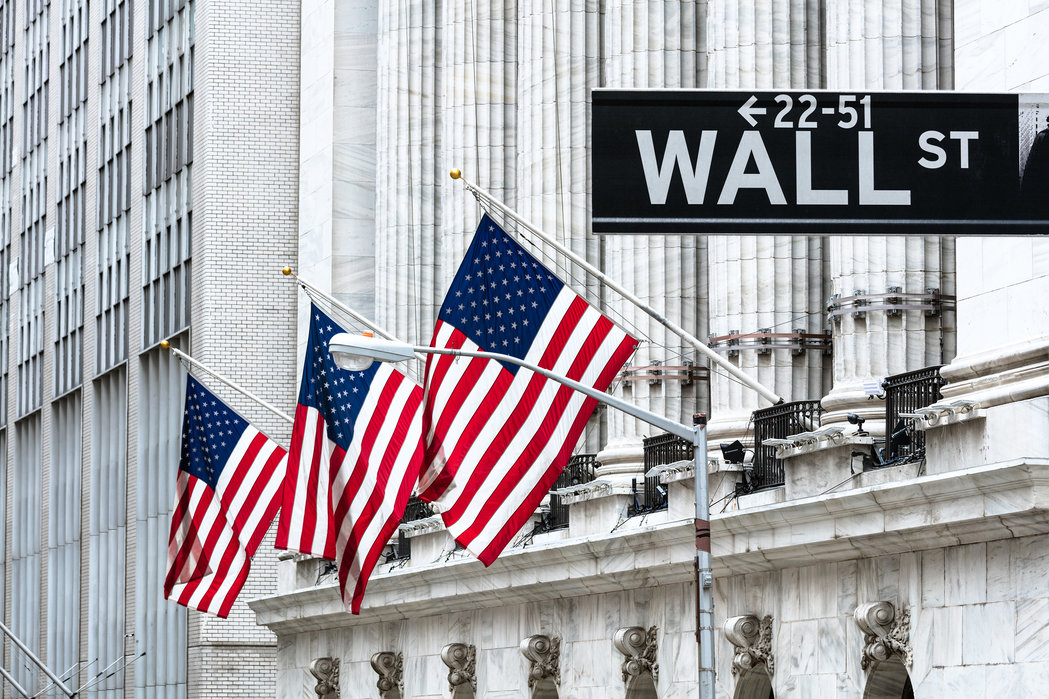Wall Street’s three main indexes ended higher last week as a key reading of inflation eased concerns about extreme price rises. The U.S. core PCE price index, the Federal Reserve’s favorite inflation gauge that tracks energy and food, advanced 3.4% in May, which is still below expectations.
“Inflation data should calm some nerves about runaway inflation. The PCE is the Fed’s favorite measure of inflation, and 3.4% in the throes of the pandemic is actually pretty light, which should help the Fed keep its dovish policy stance,†said Ryan Detrick, Chief Market Strategist for LPL Financial.
Are you looking for fast-news, hot-tips and market analysis?
Sign-up for the Invezz newsletter, today.
The positive news is that U.S. Federal Reserve chief Jerome Powell repeated once again last week that inflationary pressures would be temporal. The U.S. economy continues to recover from the pandemic amid speedy immunization in the country, and the U.S. central bank expects the unemployment rate to fall to 4.5% by the end of 2021.
The news that U.S. President Joe Biden has secured a bipartisan infrastructure agreement with lawmakers also positively influenced the stock market. The S&P 500 index rose to another record on Friday, while the Dow Jones Industrial Average advanced 3.4% on a weekly basis, marking its best weekly rise since March 12.
The Nasdaq Composite Index advanced 2.4% on a weekly basis and closed at 14,360 points, making its biggest weekly advance since April 9. On the other side, Bank of America reported that only a financial market crash would prevent the U.S. central bank from tightening its policy in the next six months.
This is certainly not positive news for investors and traders because the current ultra-loose monetary policy is good for risk-takers. The U.S. Federal Reserve is forecasting two interest-rate hikes before the end of 2023, while investors hope that this could be delayed.
S&P 500 up 2.74% on a weekly basis
For the week, S&P 500 (SPX) booked a 2.74% increase and closed at 4,280 points.

The S&P 500 index rose to another record on Friday, but if the price falls below 4,000 points, it would be a strong “sell†signal, and we have the open way to 3,800 points. The first resistance level stands at 4,300 points, and if the price jumps above this level, we have the open way to 4,400 points.
DJIA up 3.44% on a weekly basis
The Dow Jones Industrial Average (DJIA) advanced 3.44% for the week and closed at 34,433 points.

The Dow Jones Industrial Average continues to trade above 34,000 points, and if the price jumps above 35,000 points, it would be a bullish confirmation for this index. On the other side, if the price falls below 34,000 points, it would be a firm “sell†signal, and the next target could be around 33,500 points.
Nasdaq Composite up 2.35% on a weekly basis
The Nasdaq Composite (COMP) gained 2.35% on a weekly basis and closed at 14,360 points.

The Nasdaq Composite index rose to another record on Friday, the first resistance level stands at 14,400 points, and if the price jumps above this level, we have the open way to 14,500 points. The current support level stands around 14,000 points, and if the price falls below this level, it would be a strong “sell†signal, and we have the open way to 13,500 points.
Summary
Wall Street’s three main indexes ended higher last week as a key reading of inflation eased concerns about extreme price rises. The S&P 500 and Nasdaq rose to another record on Friday, while the Dow Jones Industrial Average had its best weekly rise since March 12.
Where to buy right now
To invest simply and easily, users need a low-fee broker with a track record of reliability. The following brokers are highly rated, recognised worldwide, and safe to use:
- Etoro, trusted by over 13m users worldwide. Register here >
- Plus500, simple, easy to use and regulated. Register here >





